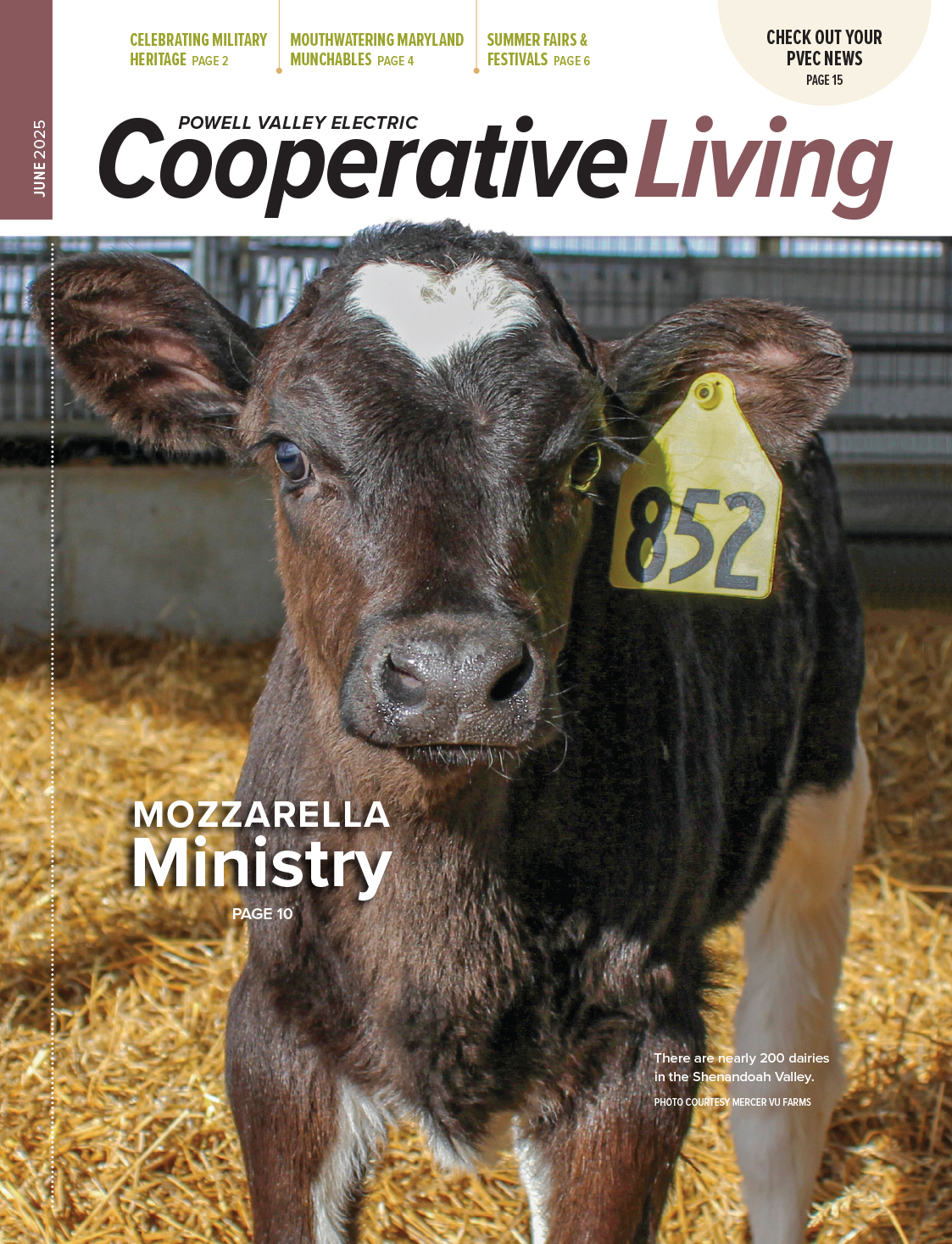A Scavenger Hunt for Energy Savings
As the school year is closing and the summer months roll in, I find myself looking forward to the fun things I do with my kids each summer such as playing basketball and soccer, running through sprinklers and catching lightning bugs. As we make our summer plans, I also want to encourage you to add an energy-saving scavenger hunt to your list of summer fun.
Your hunt begins at the exterior doors and windows. Walk around your home, and feel for any drafts around doors and windows. Use weather stripping or caulk to seal any gaps you might find. You’ll be amazed at how much energy can be saved just by sealing those small leaks.
Next, take a walk through your home, and check every room’s lighting. Are you still using incandescent bulbs? If so, it’s time for an upgrade. Swap them out for energy-efficient LED bulbs. As you search for old
bulbs, be sure to check outdoor lighting too.
After checking the lighting, it’s time to investigate your thermostat settings. Your thermostat is one of the most important tools in managing your energy use. During your scavenger hunt, check that your thermostat is set at energy-efficient temperatures. If you don’t have a programmable or smart thermostat, now is a great time to upgrade. These devices allow you to set specific heating and cooling schedules that fit your lifestyle.
Now, it’s time to examine your laundry room. This room might be easy to overlook, but it’s a great spot to look for energy savings. Start by checking the settings on your washing machine. Modern washing machines are designed to clean your clothing easily with cold water. Next, look at the dryer. Be sure to clean the lint filter in your dryer after every use. A clogged filter can reduce efficiency and increase drying time.
Last, finish your scavenger hunt in the kitchen. First, check your refrigerator. Make sure the door seals are tight, as a leaky door can waste energy by allowing cold air to escape. Consider relocating your fridge away from heat sources like the stove or direct sunlight to improve its efficiency. Also, look for ways to optimize cooking habits. Use lids on your pots and pans to trap in heat and help food cook faster, reducing the time your stove is in use. If possible, use small appliances like convection ovens, air fryers and slow cookers. These appliances use less energy than the stove.
Taking these simple steps to examine your home can be both fun and productive. Getting the whole family involved can increase your home’s energy efficiency and create habits that will last for generations to come.
Powell Valley is consumer owned and regulated
View the latest issue of The Tennessee Magazine.
Cooperative Living Magazine
View the latest issue of Cooperative Living Magazine
Click here to view your local PVEC news.
Click here to view archived local PVEC news.

